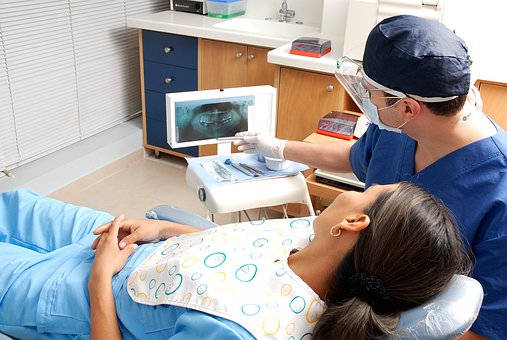Oral cancer is a serious health condition that develops in the tissues of the mouth or throat. It can appear on the tongue, cheeks, gums, floor of the mouth, roof of the mouth, lips, or even the throat. Understanding what causes oral cancer is crucial for prevention, early detection, and treatment.
1. Tobacco Use
One of the leading causes of oral cancer is tobacco use. This includes both smoking (cigarettes, cigars, pipes) and smokeless tobacco (chewing tobacco or snuff). Tobacco contains harmful chemicals that directly damage the cells in the mouth, increasing the likelihood of abnormal cell growth and cancerous changes. Long-term use significantly raises the risk, and the danger increases even more when combined with alcohol use.
2. Excessive Alcohol Consumption
Heavy and frequent alcohol use is another major risk factor for oral cancer. Alcohol irritates the cells in the mouth and can make it easier for harmful substances—like those in tobacco—to penetrate and damage oral tissues. Studies have shown that people who use both alcohol and tobacco are at a much greater risk, as the two substances can have a combined, more harmful effect on the mouth’s lining.
3. Human Papillomavirus (HPV) Infection
HPV, particularly HPV-16, is a growing cause of oral and oropharyngeal cancers. This sexually transmitted infection can affect the mouth and throat, and in recent years, HPV-related oral cancers have increased—especially among younger individuals who don’t smoke or drink heavily. Vaccination and safe practices can help lower the risk of HPV-related oral cancer.
4. Poor Oral Hygiene and Diet
Neglecting oral health can also contribute to the development of oral cancer. Chronic irritation from rough teeth, ill-fitting dentures, or poor dental hygiene can increase the risk. Additionally, a diet low in fruits and vegetables—especially those rich in antioxidants—may reduce the body’s ability to fight off abnormal cell growth.
5. Sun Exposure
Prolonged exposure to the sun can increase the risk of lip cancer, especially for people who work outdoors or spend a lot of time in the sun without lip protection. Using lip balm with SPF and wearing a wide-brimmed hat can help reduce this risk.
6. Age and Genetics
While oral cancer can occur at any age, it’s more common in people over 40. Family history and genetic predisposition may also play a role in some cases.
Conclusion
Oral cancer can often be prevented through lifestyle changes, regular dental checkups, and awareness of the risk factors. If caught early, treatment outcomes are significantly better. Stay proactive about your oral health—your smile could depend on it.




